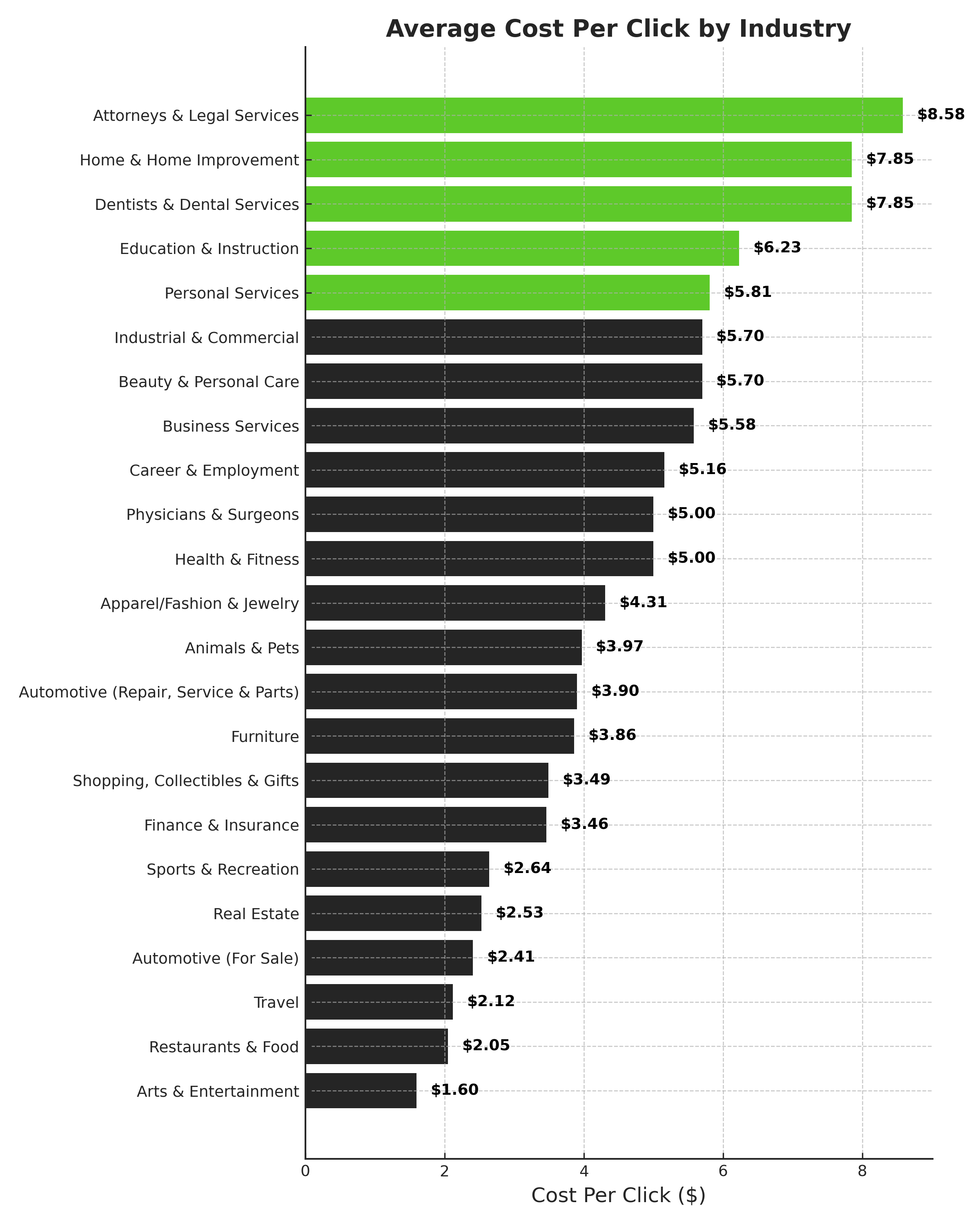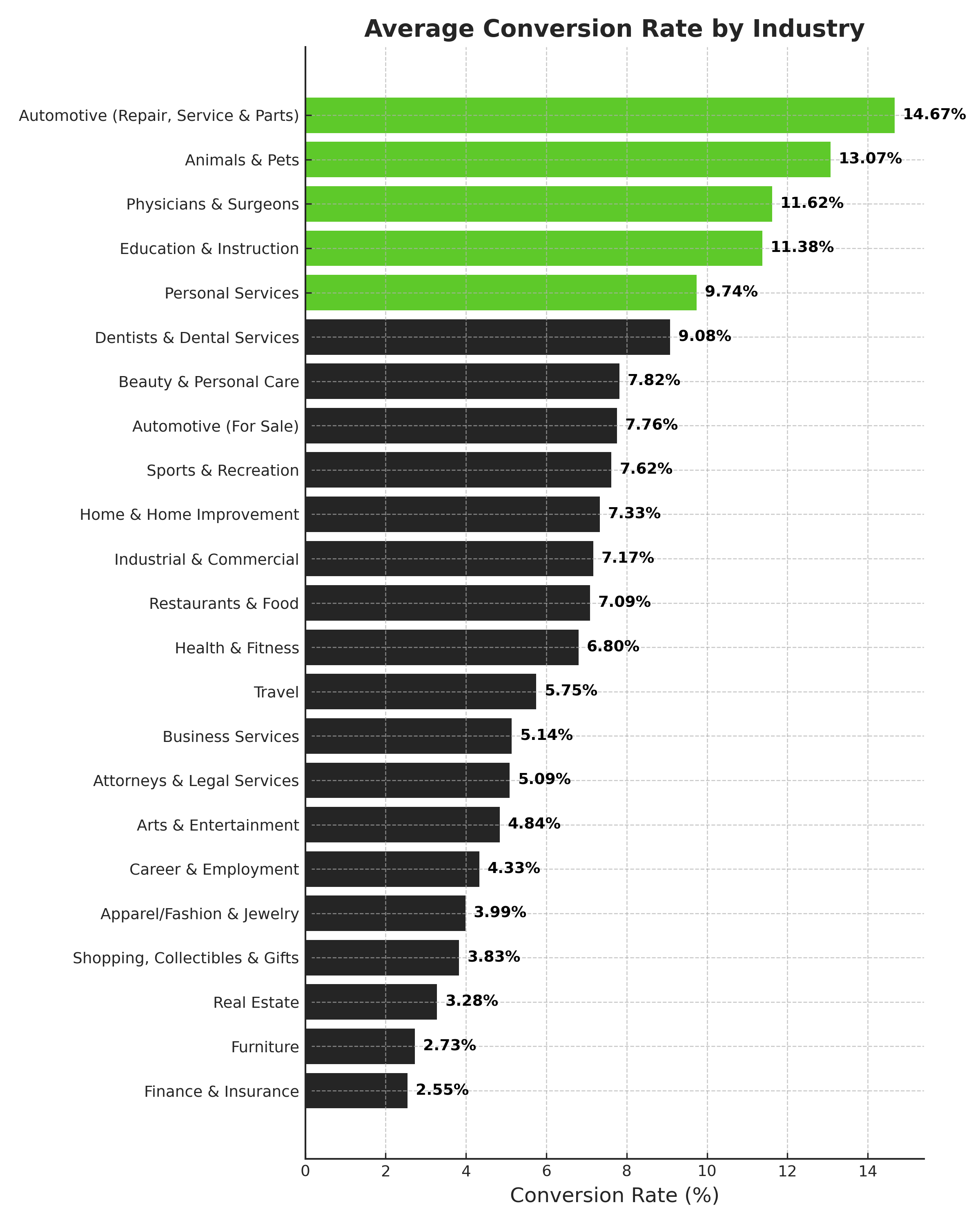Yeah most of these kinds of things won't give data you can use.
Kind of gives the game away then?
It does give overall generic information/benchmarks tho, no?
It's never going to be the exact information into any metric or insight. I don't think anyone will give that away?
It provides nothing in my opinion for these reasons:
CTR depends on ad creative, keyword relevancy, and bid (among others, but usually these three).
Just looks at CTR without knowing how close the keywords are to the "core" 4-5 keywords of the industry means nothing. If you run on Max CPC and lower your bid, your CTR will drop because you'll lose position, not because your ad sucks ot keyword are not relevant.
Conversion rate is highly manipulable(?) as well, because without the context of what counts as a conversion you can't possibly say what it means.
If I fire a conversion for scroll depth? I'll beat your 7% average with 50%.
But even if we both track the same event. Let's say it's leads.
You ask for a name and phone number, while I ask for zip code, phone, email, full name, car color and a favorite spice girl. You'll have a higher CvR, but my leads would be a lot better, probably resulting in more sales overall. Should you prioritize higher CvR over sales?
CPC is another bullshit metric to look at because in many automated bidding strategies it's linked to the budget. Either way it's directly linked to the traffic volume you're after and the event you're optimizing for.
Using automated bidding strategies (conversion oriented ones, at least) will work on improving your CvR while increasing CPC. So if you had a CvR of 5% with a CPC of $5, you'll likely increase both by moving to tCPA, so even if you bid for $100, you'll likely increase your CPC and CvR by the same amount (let's say $10 CPC and 10% CvR to hit the same $100 target)
I wrote a thread in which I explain this theory in a more well organize matter, if you're interested.
These days, it's rare to see a campaign running on Manual CPC, but why is it? Of course, using automated bidding strategies, such as Maximize Conversions or Maximize Conversion Value (on Google) or their equivalents on Bing and Meta, is much simpler, but do the conveniences they add outweigh...

officeoutlaw.com

 www.searchenginejournal.com
www.searchenginejournal.com




